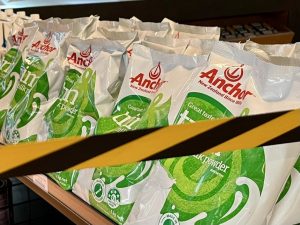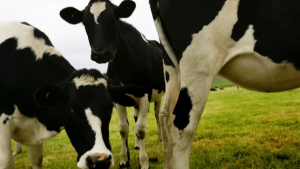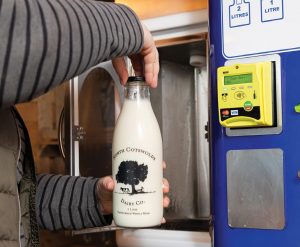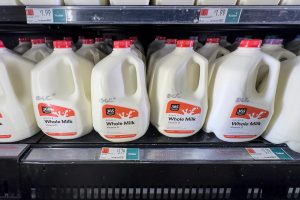
Why Kiwis Are Paying More for Butter, and the Global Forces Behind It.
New Zealand’s main butter maker, Fonterra, has addressed consumer concerns over the high price of butter, explaining that the primary driver is the global wholesale price. With these prices at a five-year high, the domestic cost for consumers has inevitably risen. Fonterra explains that while retailers ultimately set the shelf price, the cost they pay for butter is directly influenced by the globally traded price set by Fonterra and other suppliers in the international market, a situation impacting many other grocery staples as well.
The global price of butter is a complex reflection of worldwide demand and supply. The article highlights that demand is strong in key markets, from China to the Middle East, which drives the wholesale price. Because New Zealand exports approximately 95% of its dairy products, its prices—both domestically and internationally—are largely dictated by this global market. This positions New Zealand as a price-taker on the world stage, unlike larger countries where domestic demand sets the price.
A key point of clarification from the cooperative is the impossibility of selling butter to New Zealanders for less than the global price. As a farmer-owned cooperative, Fonterra’s mission is to secure the best possible price for its farmers, and choosing to sell a product at a lower rate would be an unsustainable business model. This highlights the crucial balancing act within dairy economics: supporting farmers with a strong milk price while maintaining a competitive position in a global market where other companies would not operate at a loss.
The article also breaks down the components of the final retail price for a block of butter. Using a 500g block priced at $8.60 as an example, Fonterra explains that roughly 80% of that cost is determined by the global price and the expenses related to processing, packaging, and distribution. The remaining costs include margins for producers, distributors, retailers, and the addition of GST, which is also a factor when comparing prices with other countries like Australia, where butter is not subject to a goods and services tax.
This detailed explanation serves as a crucial piece of data journalism for the international dairy community, offering insight into how global market forces directly impact local economies. The case of New Zealand butter prices illustrates that for a major dairy exporter, domestic consumer costs are inextricably linked to international market trends. This is a vital lesson in agribusiness for producers, manufacturers, and analysts who need to understand the intricate connections between local supply, global demand, and the final price on the supermarket shelf.
Source: Rural News Group: Why butter is expensive in New Zealand? Fonterra explains
You can now read the most important #news on #eDairyNews #Whatsapp channels!!!
🇺🇸 eDairy News INGLÊS: https://whatsapp.com/channel/0029VaKsjzGDTkJyIN6hcP1K

























